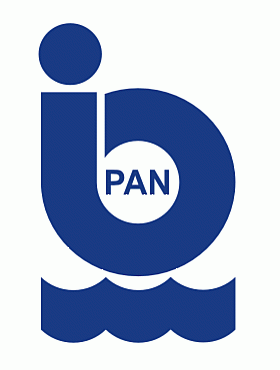ProjectABSTRACTMETHODOLOGY WORK PLAN |
ABSTRACT
Denitrification and anammox are the major nitrogen-removal pathways in the water column and sediments in the Baltic Sea, yet denitrification rates are usually higher than anammox rates. Both processes depend on the oxygen availability. Recently, it has been postulated that the nitrogen-removal via sedimentary denitrification is not high enough to balance all nitrogen inputs. The situation might become worse if the extension of the anoxic bottom areas continues. It is unknown whether the pronounced increase of water column denitrification will be high enough to compensate for the reduction of nitrogen-removal via sediments. As denitrification depends on the substrate availability, water column denitrification will change seasonally due to variable supply of e.g. organic matter, iron, sulfur compounds, etc. Denitrification and anammox are mediated via bacteria. However, it is not well understood how the seasonal activity of the microbial communities affects denitrification and anammox. The general lack of comprehensive studies towards understanding the nitrogen-cycle has hindered our comprehension of the marine ecosystem functioning. To improve ecosystem functioning knowledge -interdisciplinary and cross-cutting research is needed. For this reason, a holistic approach including the physical, chemical and microbiological methods is proposed. The main hypothesis is: The microbial activity and accompanied N removal processes change seasonally both in the water column and surface sediments due to variable substrate availability. The main aims of the project are:
In this study, a holistic, multidisciplinary and sophisticated approach is proposed. The chemical measurements such as quantification of denitrification and anammox will be arranged together with microbiological analyses (Fig. 1). Beside the innovative methods that will be used in the project, a sophisticated sampling strategy is also proposed. This approach will enable the parameterization of the obtained results and incorporation them in a coupled physical-biogeochemical Baltic Sea model. The project will deliver a coherent knowledge on the structure and functioning of the nitrogen cycle in the Baltic Sea and provide a more differentiated concept of nitrogen-removal processes. 
Fig. 1. Scheme presenting the sampling strategy that will be performed seasonally in the Gdańsk Deep, twice a year in Gotland Deep, Bornholm Deep, and two in Gotland Basin. Red squares correspond to samples collected for the key chemical parameters analyses in the water column, sediments, and pore water. Additionally, oxygen minimum zone and sediments will be sampled for incubation experiments and microbiological analyses. |


